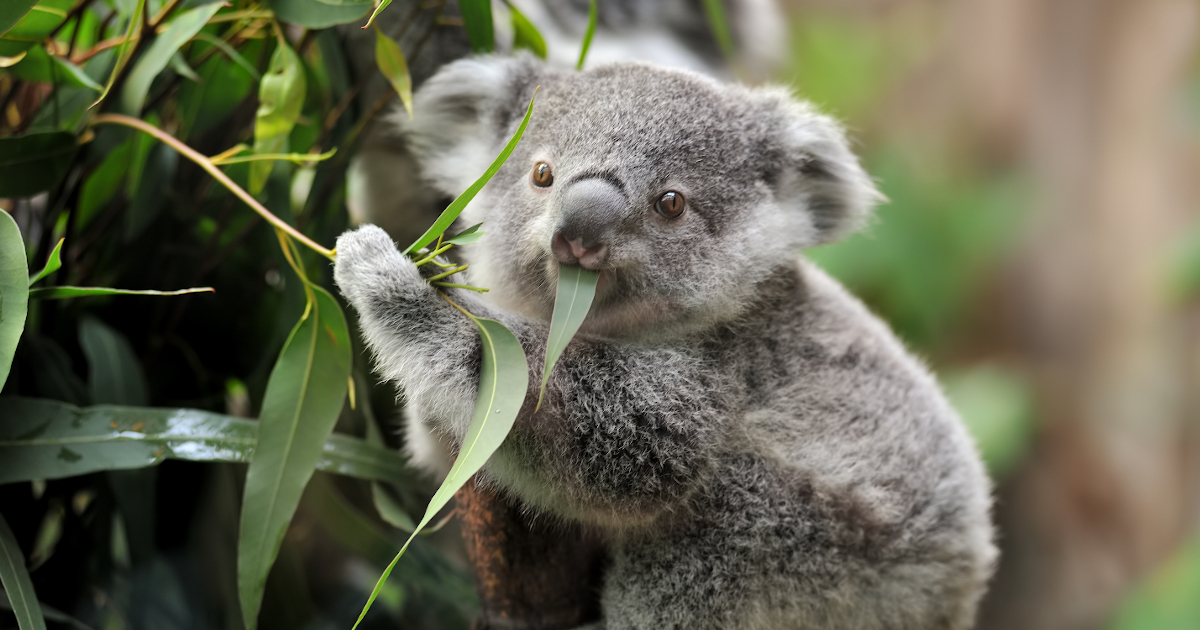What do koalas and humans have in common? The answer may surprise you.
For one, we seem to be suffering from some of the same common STDs. In fact, numerous koalas have recently been diagnosed with chlamydia – a phenomenon that the scientific community has taken an interest in. Could the study of koalas contribute to the development of better treatments for STIs? Recent reports suggest that this may very well be the case.
How Koalas with Chlamydia Could Help Humankind
Sexually transmitted infections don’t occur just among humans. In fact, most animal species seem to be plagued by one type of STD or another.
Of all these conditions, chlamydia is the most pervasive.
In fact, biologists have noted cases of chlamydia among a wide range of mammals and even among birds.
Researchers have now pinpointed koalas as the species that could help us for the successful development of a chlamydia vaccine. Such trials are already on their way. Observing how these gentle animals will get to recover from the troublesome STD will enable researchers to eventually elevate their efforts and tackle chlamydia among humans.
The reason why chlamydia studies among koalas are so important is that the disease impacts them in profound ways. Koalas have been known to develop massive cysts and severe inflammation as a result of the infection. When untreated, chlamydia could contribute to significant and irreversible scarring of the reproductive tract and even to death.
Solving the Chlamydia Problem: The Difficulties We Face Today
While the damage that koalas may experience is so severe, the bacterium that causes chlamydia among them is virtually the same one that spreads among humans.
In humans, chlamydia is also becoming a more serious problem than it has ever been.
According to the World Health Organization (WHO), 127 million people across the world become infected with chlamydia over the course of a single year. Chlamydia is considered one of the primary causes of pelvic inflammatory disease and infertility among women. In addition, chlamydia is the most common sexually transmitted infection among men (affecting approximately three per cent of the male population of the world).
There are antibiotic treatments for chlamydia. The problem with this condition is that chlamydia happens to be fairly sneaky. It can go undetected for years and unless a person goes in for STD testing, they would never know they have it.
The bacterium can remain inactive in the reproductive tract for months, even years at a time. Eventually, it will start causing damage to its host. By the time the infection is detected, it may be too late to reverse some of the issues that chlamydia has already caused.
This is the primary reason why the development of a reliable vaccine is so important. Because the same bacterium seems to plague both humans and koalas, it’s nothing but logical for the early vaccine development research to focus on these animals.
The History of Chlamydia Among Animals and Humans
Chlamydia has been spreading among koalas and other mammals for decades. Researchers who work with large populations of these animals often note a 100 per cent infection rate among certain populations.
Adult koalas become infected in chlamydia in the exact same way that humans do. When they get the disease, koalas could be treated with antibiotics to prevent severe problems, including blindness and death. Antibiotics, however, often affect the gut microbiome of koalas in a very negative way, contributing to further complications.
Reviewing the work of biologists reveals that the first cases of koalas with chlamydia were noted at least a few centuries ago. Some of the earliest records date back to 1798. In the late 19th century, a naturalist from Australia noted that koalas seemed to be particularly susceptible to the STD.
While chlamydia spreads among adults through sexual contact, it can also be passed on from mother to baby.
For more than 20 years now, researchers have been bringing koalas into veterinary hospitals to offer treatments and seek an adequate form of chlamydia prevention.
Over the same period of time, koala populations have declined by as much as 80 per cent in Australia. Chlamydia is currently the deadliest disease among these lovable marsupials and it’s the second most common cause of death after injuries from cars.
Putting an End to the Chlamydia Curse
While there isn’t a chlamydia vaccine right now, early detection is vital to simplify the treatment and prevent serious complications.
Chlamydia testing can be done in several ways. The most reliable option is nucleic-acid based amplification testing. It is the most sensitive test with a 90 to 95 per cent accuracy rate. There are other screening possibilities, as well, some being more readily available and more affordable.
Urine tests and genital swabs are both used for the accurate detection of the bacterium. It’s best to wait two weeks after a risky sexual encounter or a potential exposure for the bacterium to be accurately detected.
If the test comes back positive, an antibiotic treatment will be administered. Re-testing is suggested three months after the treatment to make sure that the bacterium is no longer detectable.
Chlamydia testing is readily available in Singapore through facilities like Shim Clinic which also operates as a specialised STD clinic in Singapore. The process is 100 per cent confidential. You can have all of your questions answered and you’ll receive comprehensive consultation without worrying about a thing.
Contact Shim Clinic right now to learn more or visit us during our working hours every single day to get tested for chlamydia and other common STDs.

